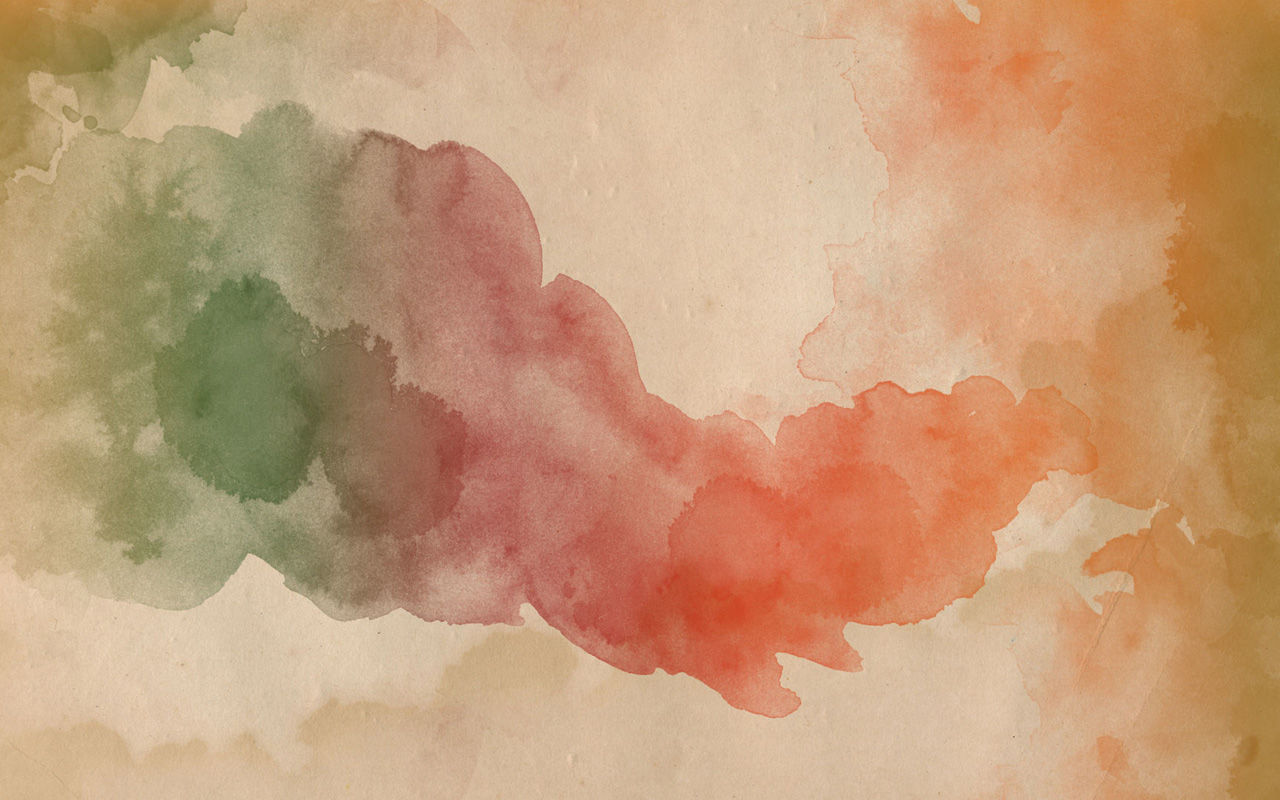Is it possible in art to combine a scientific approach with inspirational creativity?
- Yuliana Arles
- Mar 17, 2021
- 3 min read
Updated: Oct 26, 2024
The results of many years of research in the field of optics and the fact that colours are projected onto the retina in the form of light waves that mix there, inspired the young, ambitious artist Georges Seurat (1859-1891) to apply the laws of physics to painting.

Seurat thoroughly studied the work of scientists in the field of colour, shape and optical displacement
Georges Seurat in his work strove to achieve absolute harmony. Having gone from studying strict academic canons, he mastered the innovative methods of the Impressionists and the knowledge of scientific works about colour, shape and optical displacement of Chevreul, Rud and Charles Henri's "Scientific Aesthetics".
Seurat invented a completely new technique based on the scientific theory of colour - Divisionism or Pointillism
Unlike his Impressionist colleagues, who were inspired by work in nature, Georges worked mainly in his studio - laboratory. It was there that he came to the conclusion that for the human eye to perceive different colours in a picture, it is not necessary to mix paints on a palette, but artists can apply element by element directly to the canvas. By applying tiny strokes on the canvas in this way, the viewer gets the impression of a vibration of the paint layer. Seurat invented a completely new technique based on the scientific theory of colour - divisionism or pointillism (from the French word for point).
“Art is harmony. Harmony is the analogy of contrary and of similar elements of tone, of colour and of line, conditioned by the dominat key, and under the influence of a particular light, in gay, calm, or sad combinations.”
-- Georges Seurat
The genius of Georges Seurat was not recognized for a long time in artistic circles. He was condemned for coldness, restraint and prudence. The Impressionists depicted the fleetingness of the moment, the continuous variability of the world, displaying its temporary states on their canvases. Seurat, through experiments in painting, tried to comprehend and reflect in his works the state of absolute harmony, bypassing the chaotic nature of the movement of being.

Mathematical Accuracy and Algebraic Grace of the Canvas "Sunday Afternoon on the Island of La Grande Jatte"
The artist persistently and carefully prepared for painting of each work, prescribing individual elements and striving to create an ideal composition. In his main canvas "Sunday Afternoon on the Island of La Grande Jatte" (2 x 3 meters), on which Georges worked hard for 2 years, one can notice the geometric accuracy of the composition, the stability of the figures and the grace of frozen silhouettes. In this work, Georges Seurat was able to convey the feeling of eternal peace that he felt on a hot Sunday in a crowded place.
Camille and Lucien Pissarro, Paul Signac were passionately fascinated by the optical effects of Divisionism
Paul Signac became one of the supporters of the divisionist technique; Camille Pissarro and his eldest son Liusien Pissarro were also passionately fascinated by the optical effects discovered by Georges Seurat. They applied separate strokes on the canvas with the expectation that two tones, seen at a distance, would form a new shade.
Seurat was looking for logical laws in everything
“Some say they see poetry in my paintings; I see only science.”
-- Georges Seurat
His next discovery was the definition of the influence of lines and shapes on the emotional perception of the image by the viewer. For example, raised diagonal lines convey a joyful mood, lines going down - a calm and sad state. The results of the application of scientific approaches in the painting of pointillists, will subsequently be used by Wassily Kandinsky in the theory of artistic and emotional impact on the viewer of lines and points.
In March 1891, Georges Seurat suddenly died of an infection. Having lived for less than 32 years, the artist, with his perseverance and willpower, managed to synthesize the rigours of scientific logic and his inspiration of fine art.

(1) Image on the left - “La rade de Grandcamp” 1887 sold in May 2018 by Christie's for $ 34,062,500
(2) Image on the right - "Sunday Afternoon on the Island of La Grande Jatte" 1886 is in the Institute of Arts, Chicago







Comments